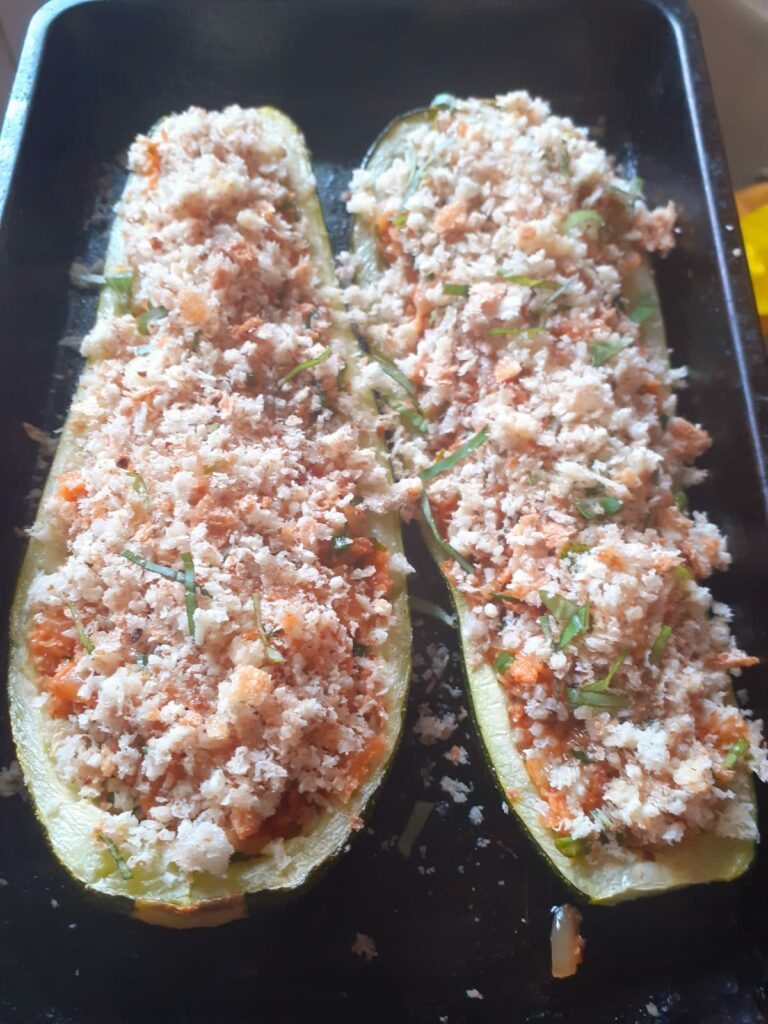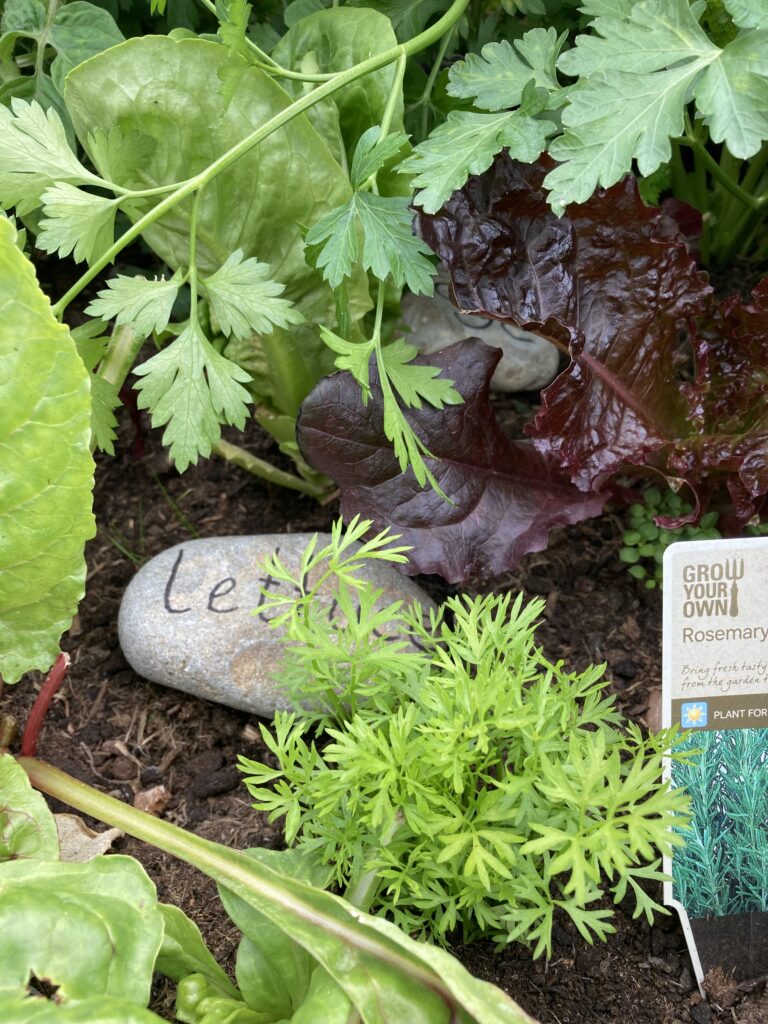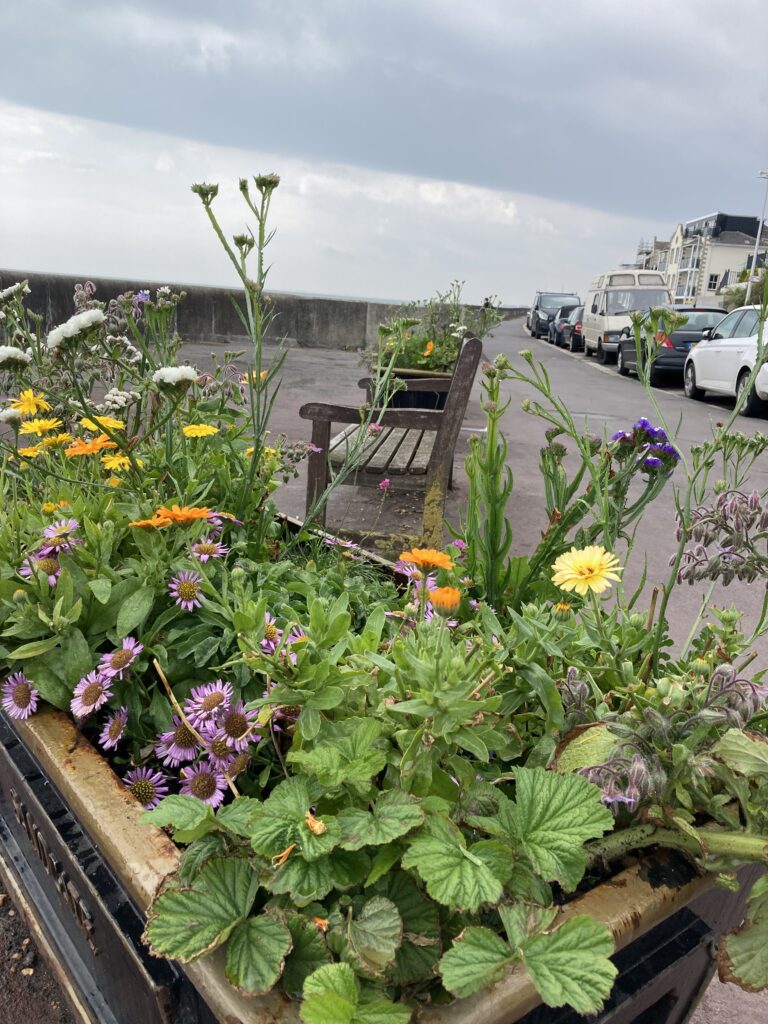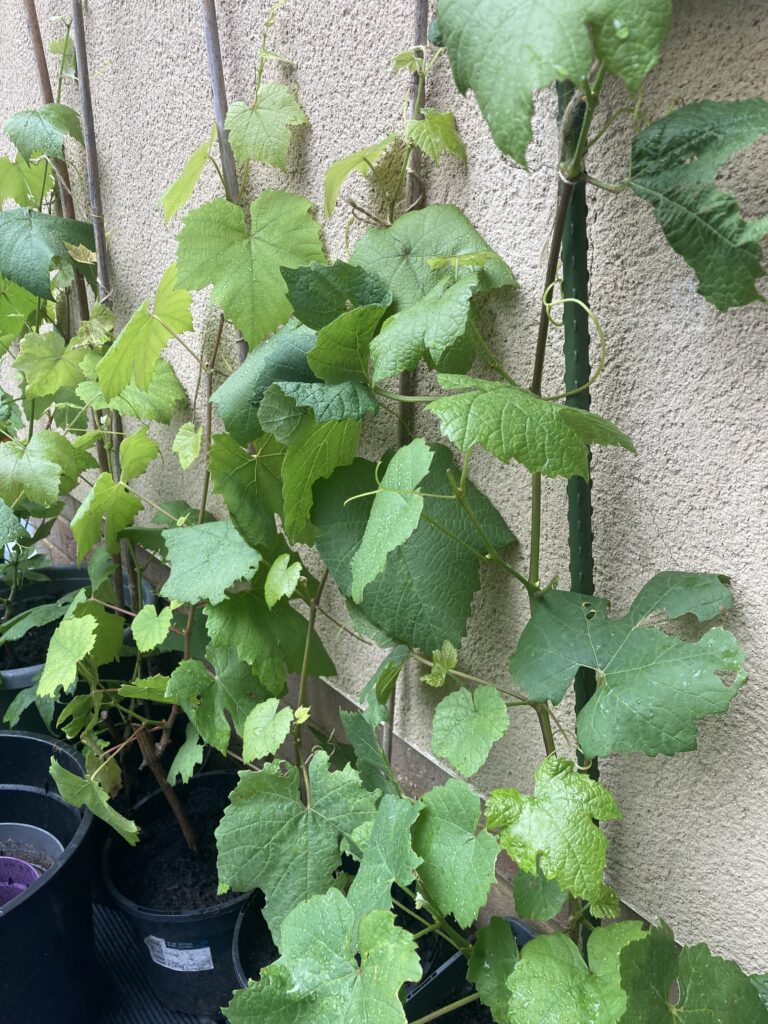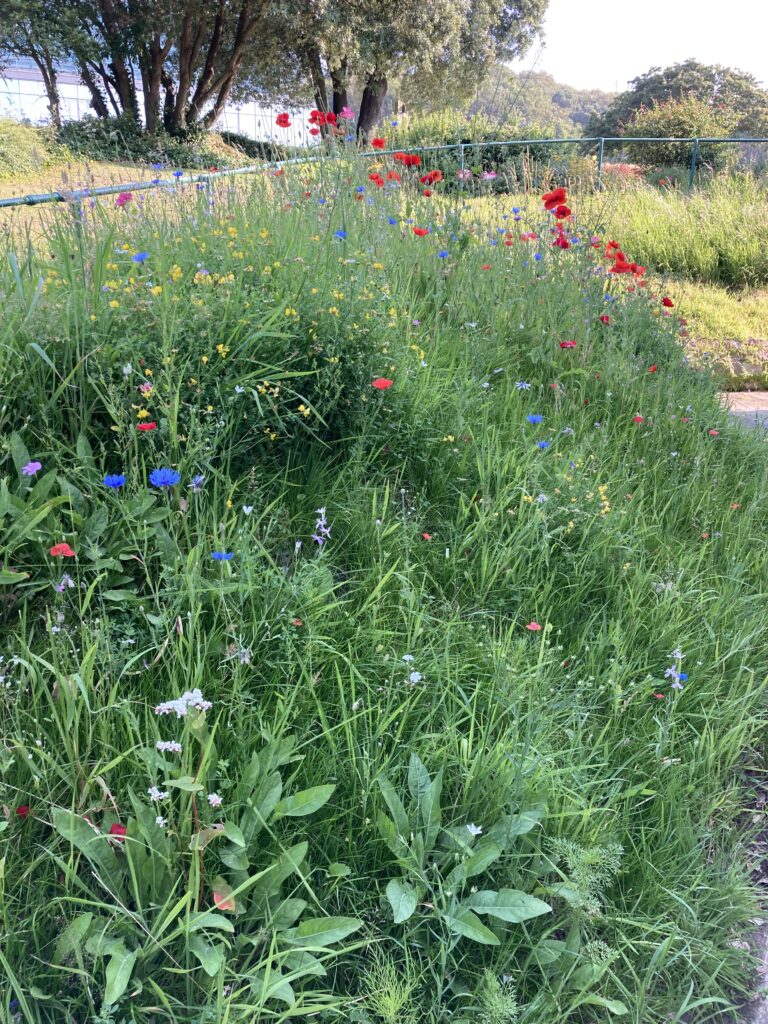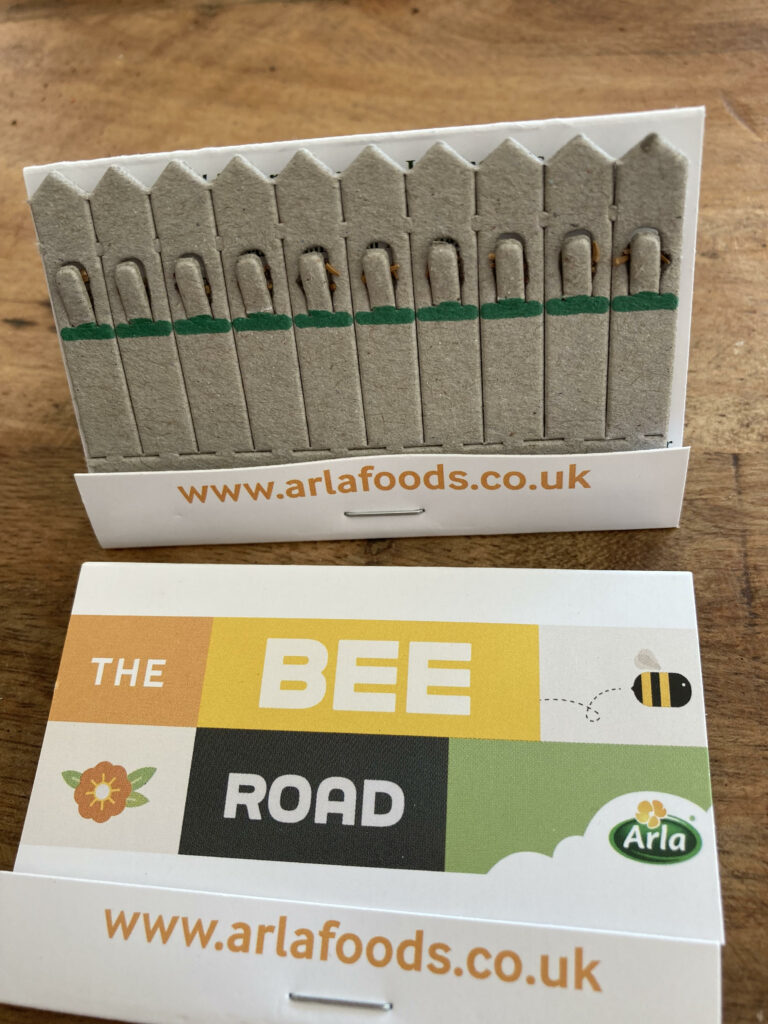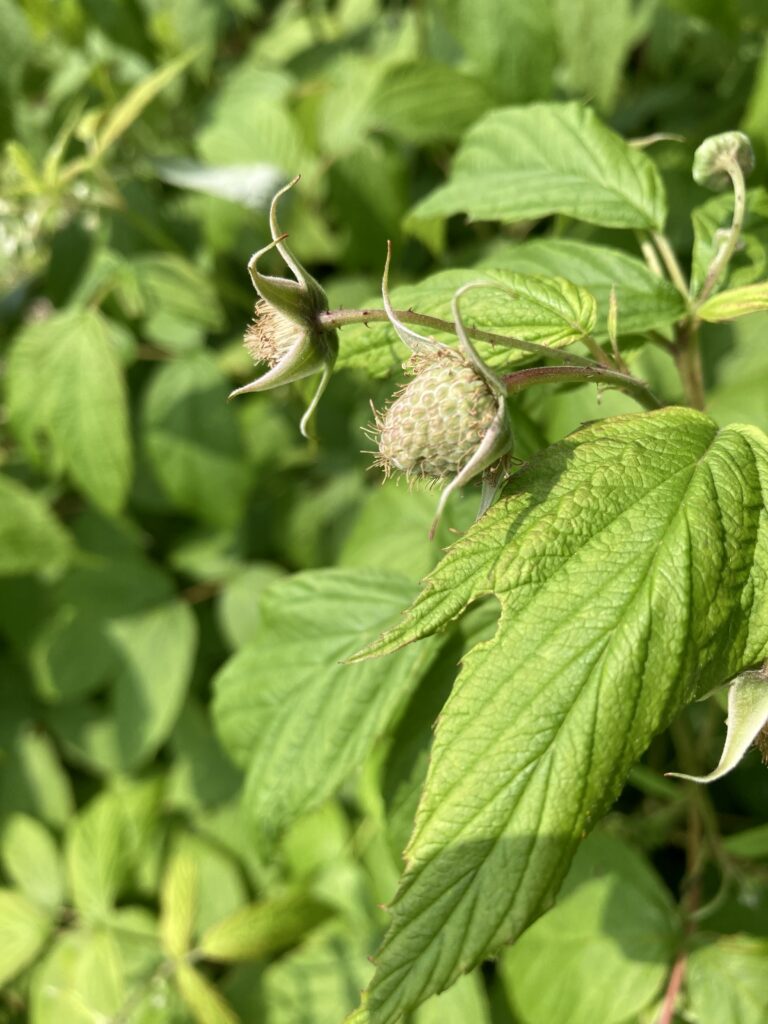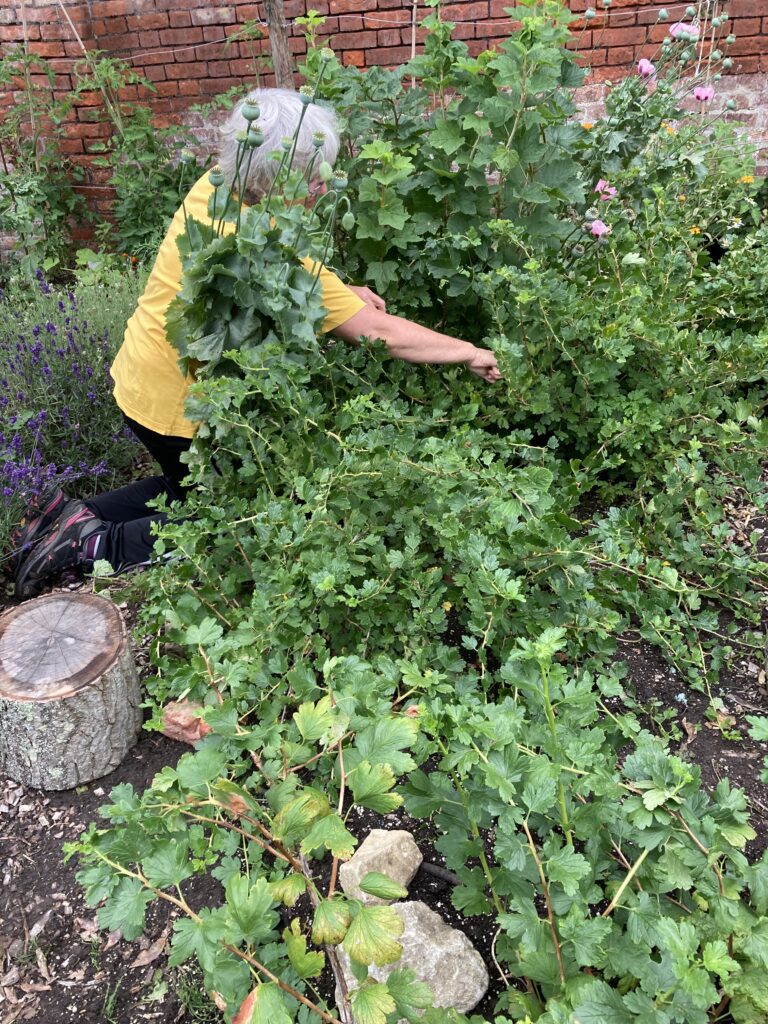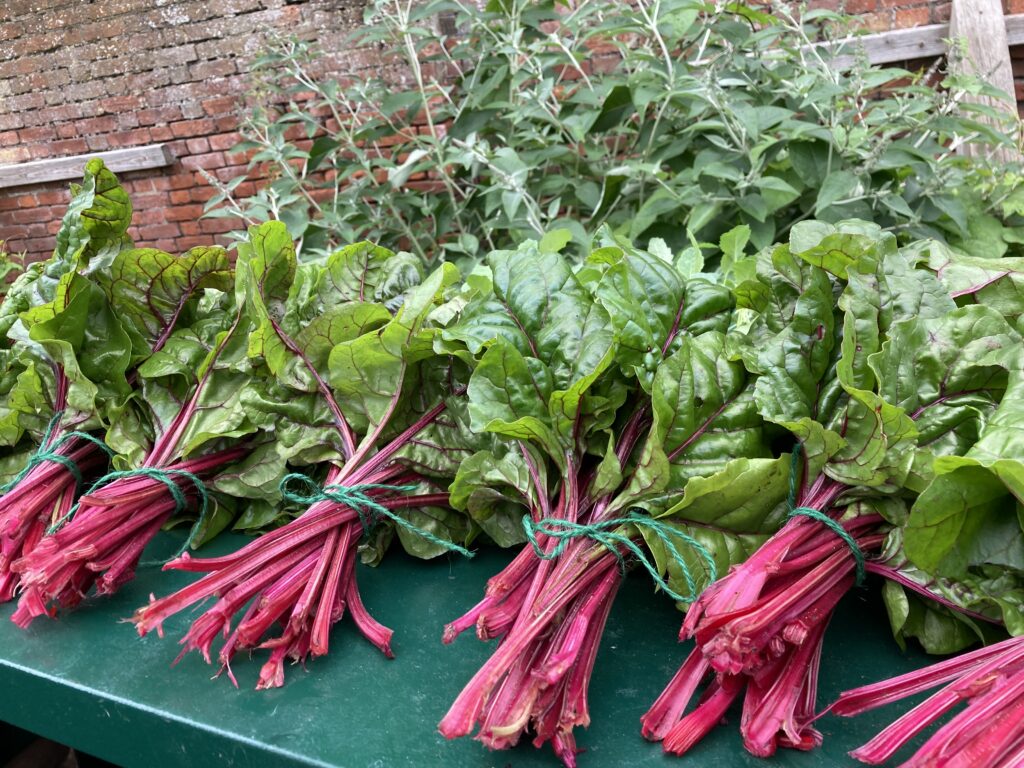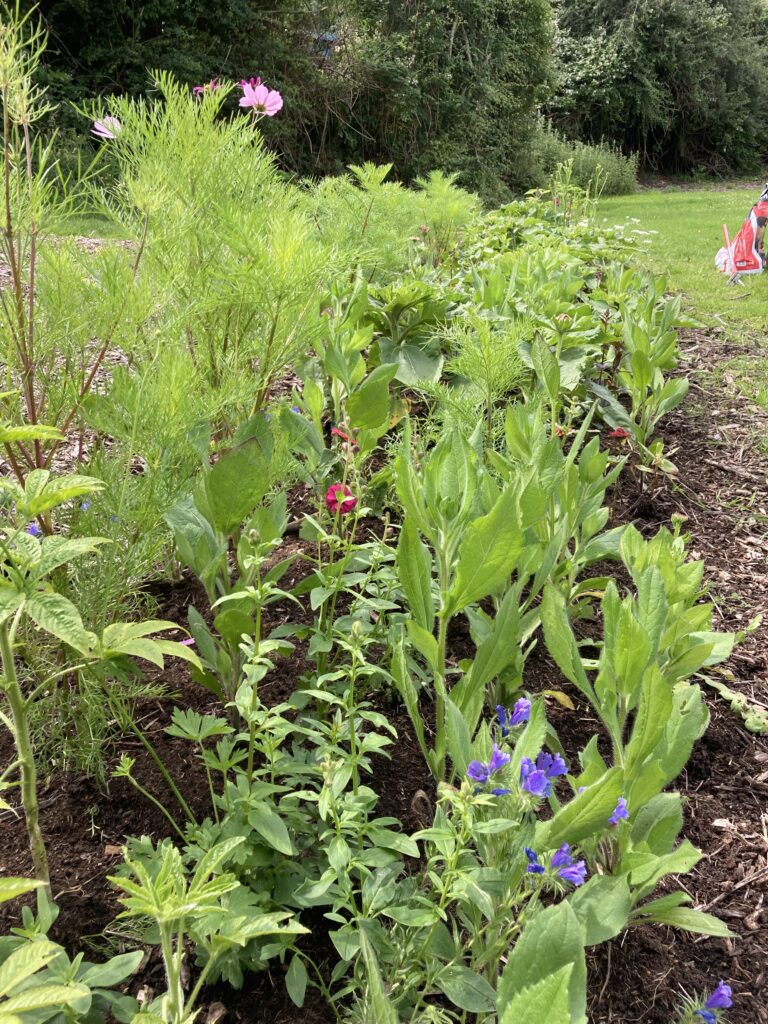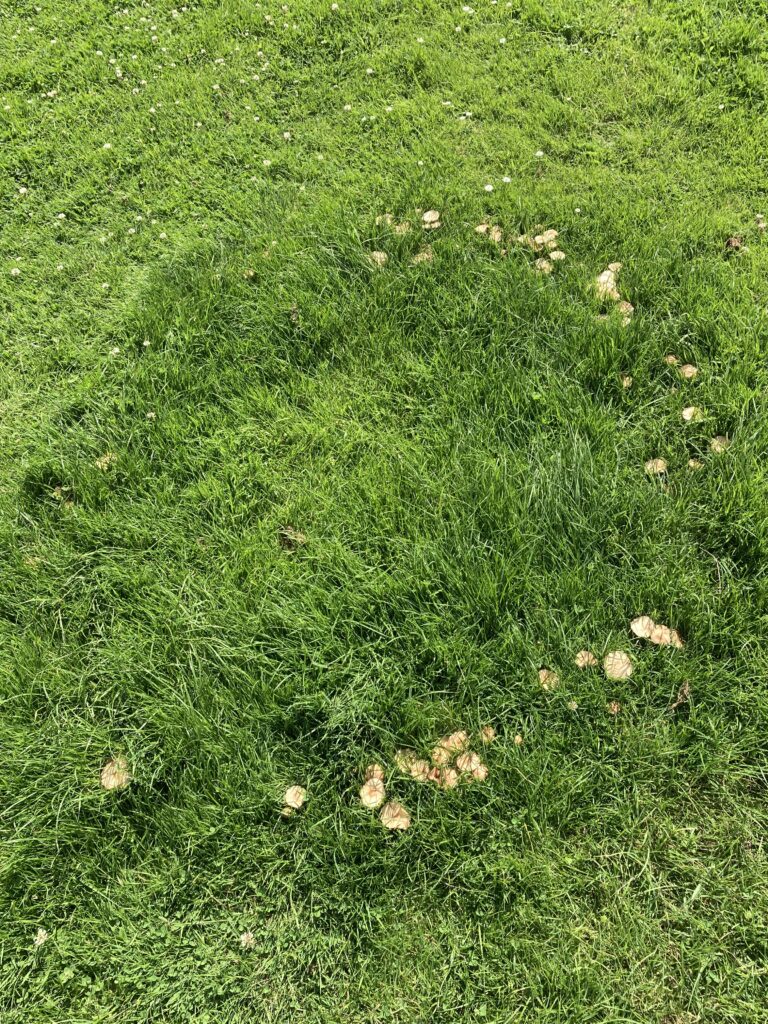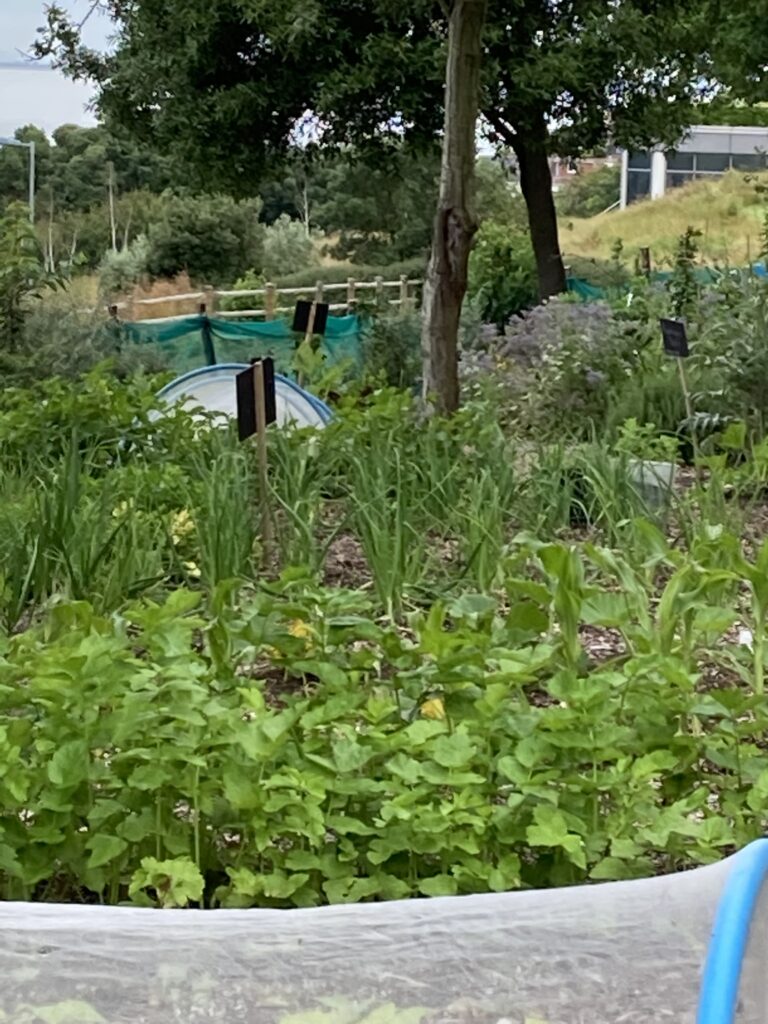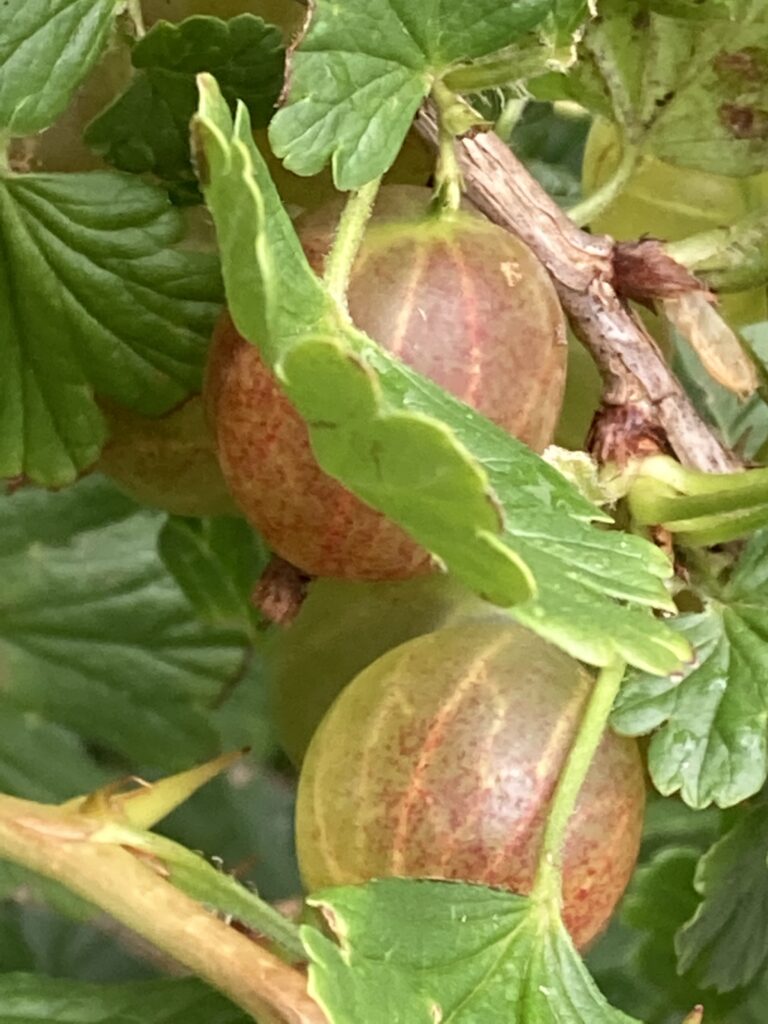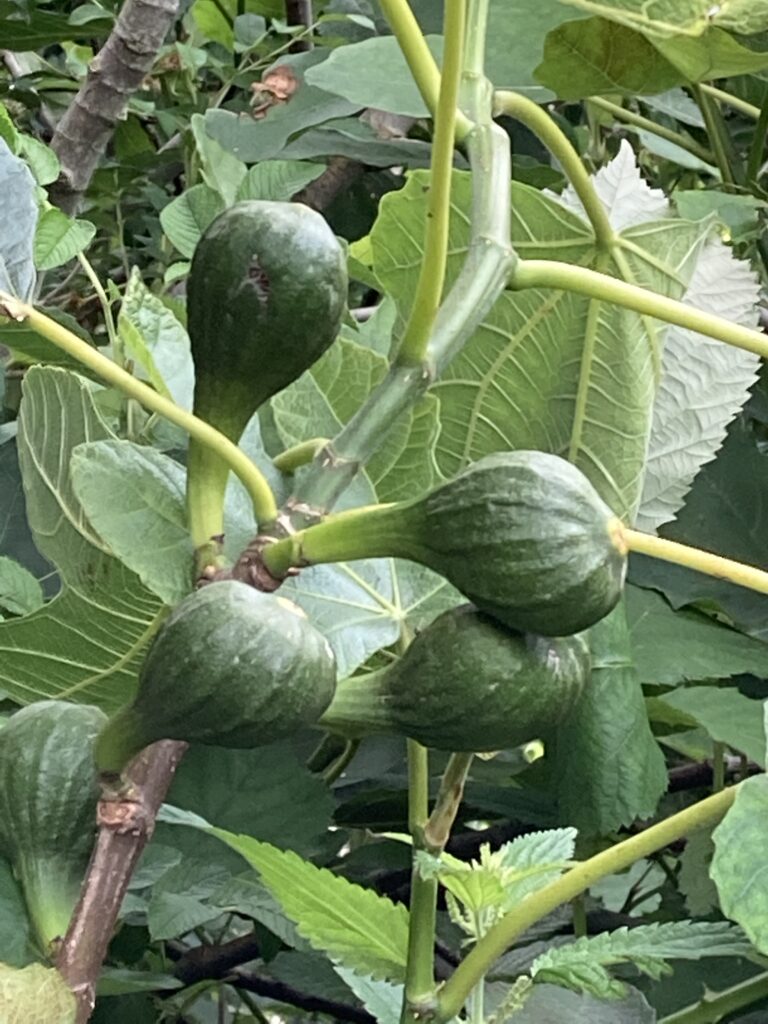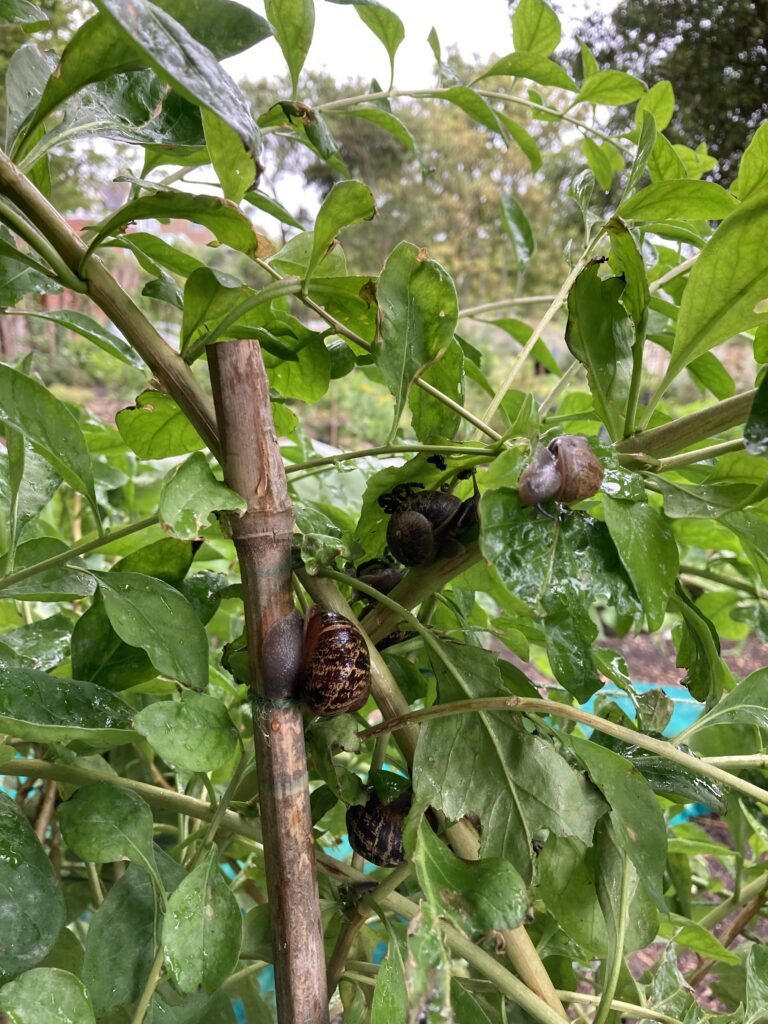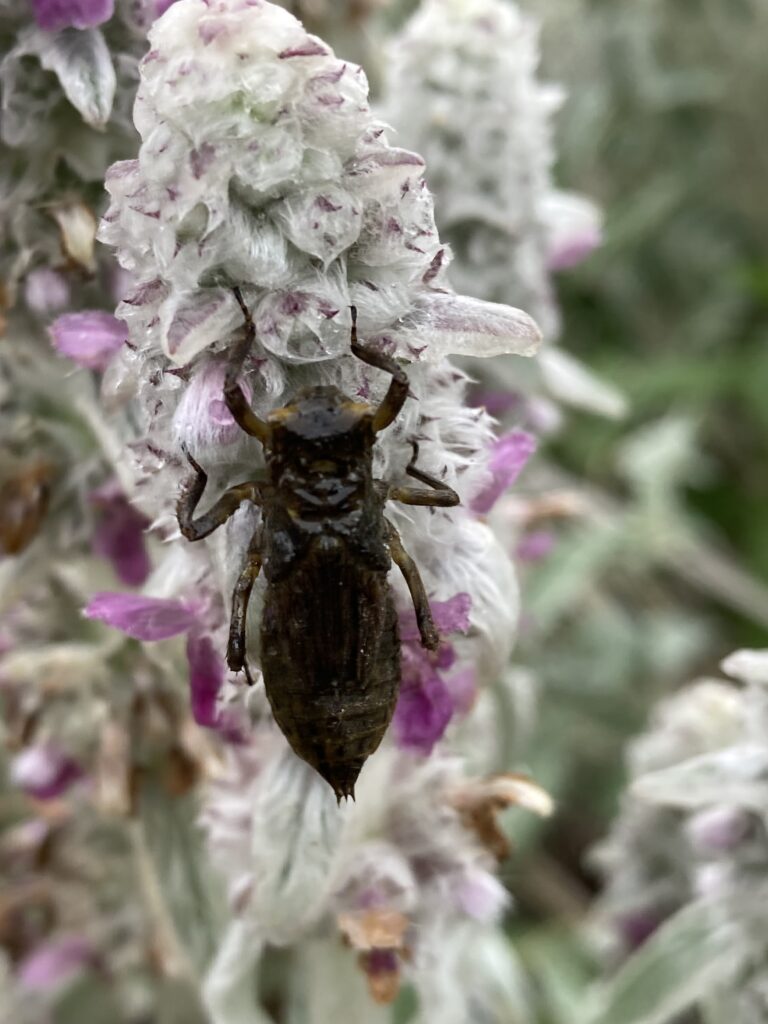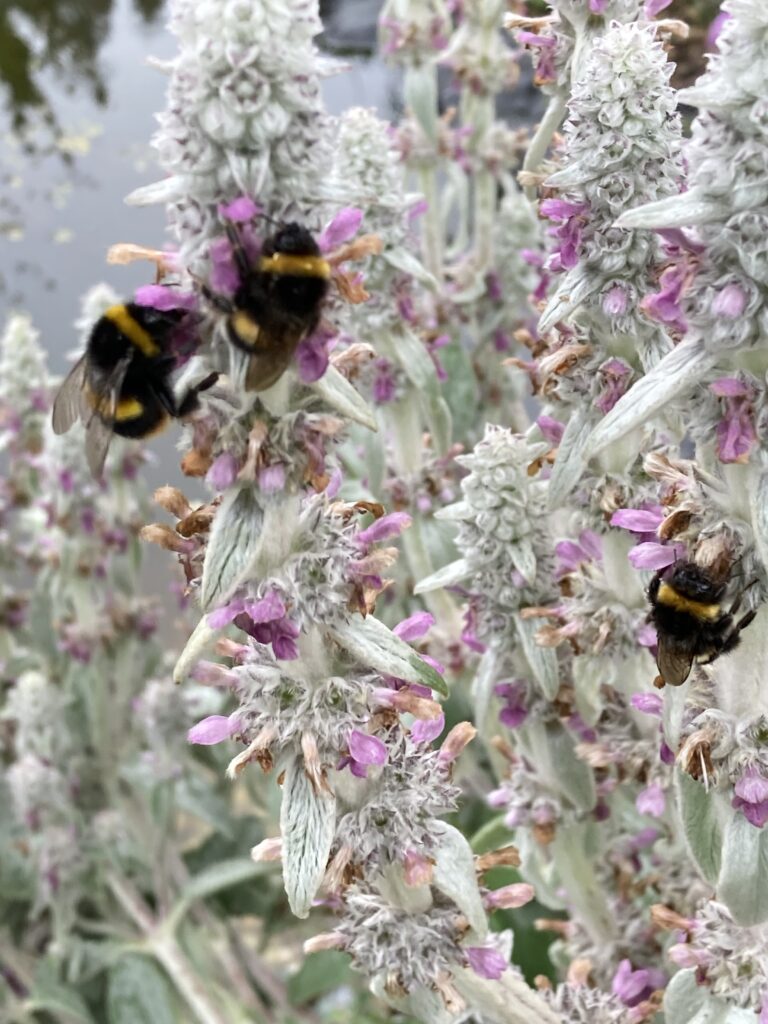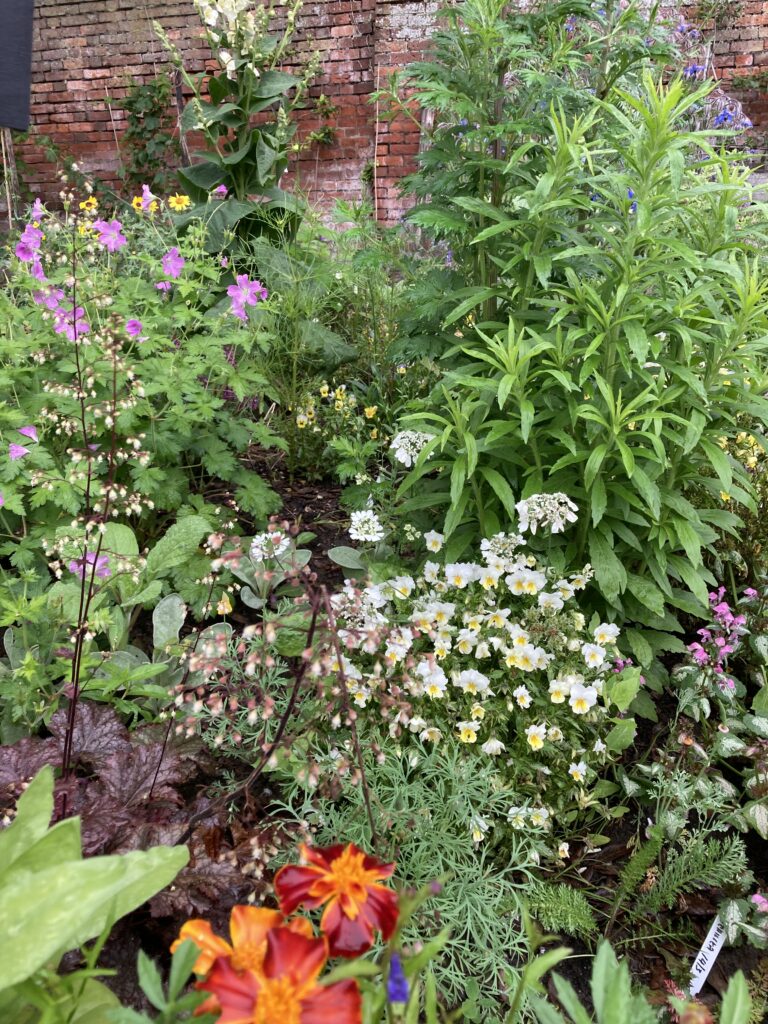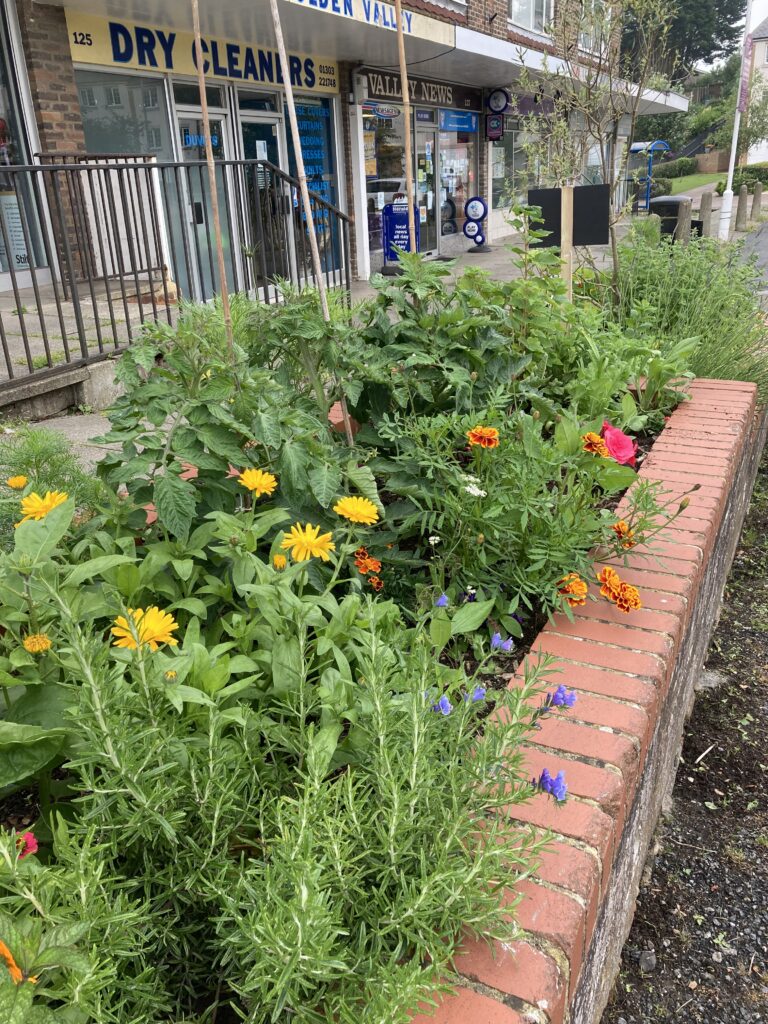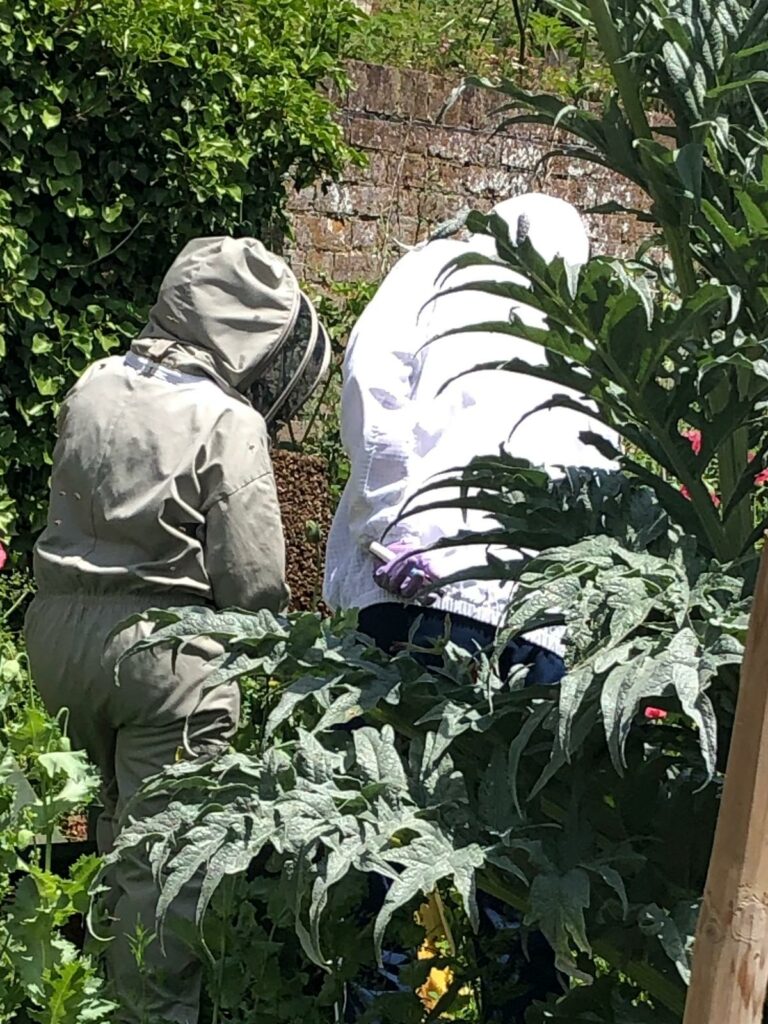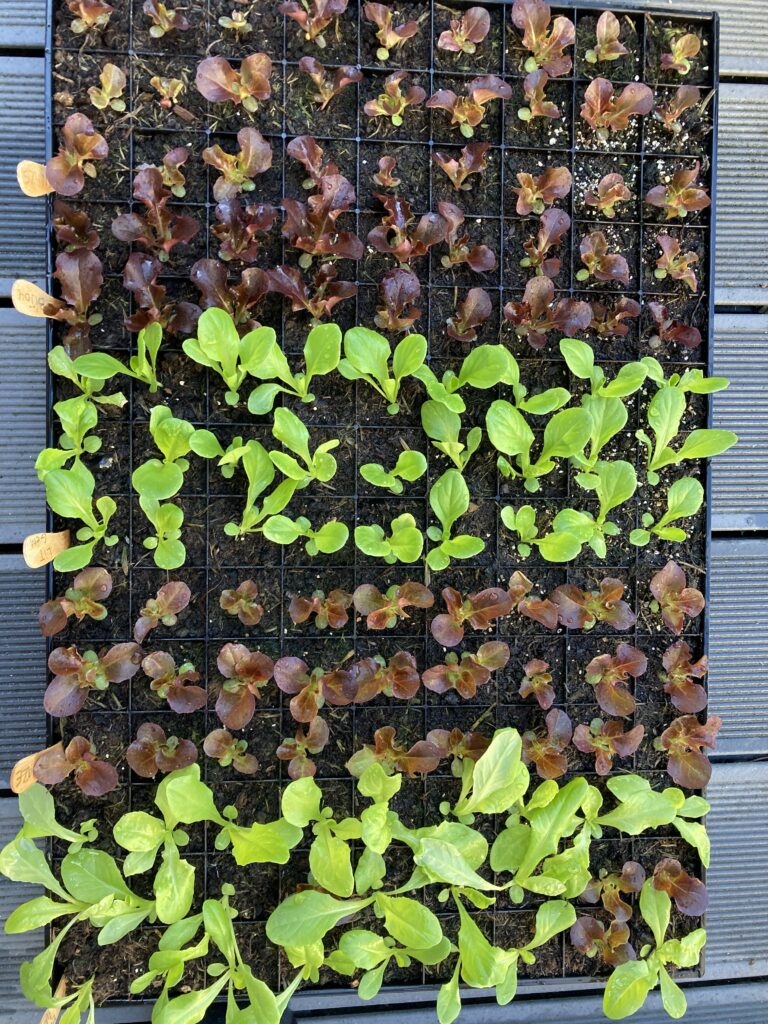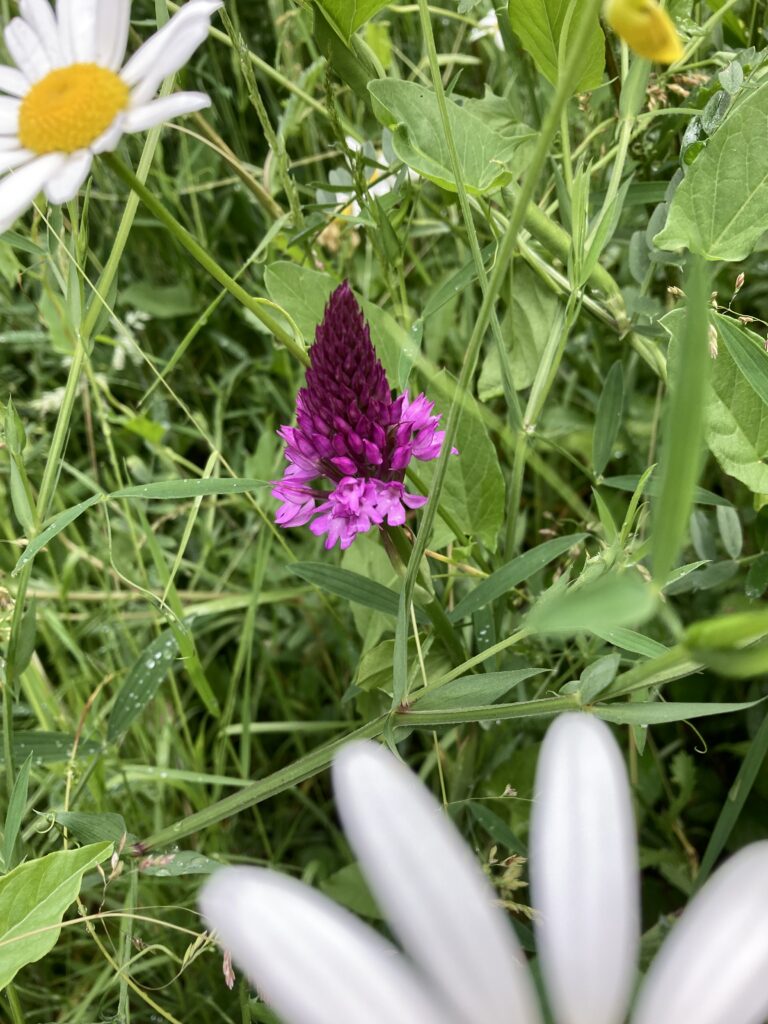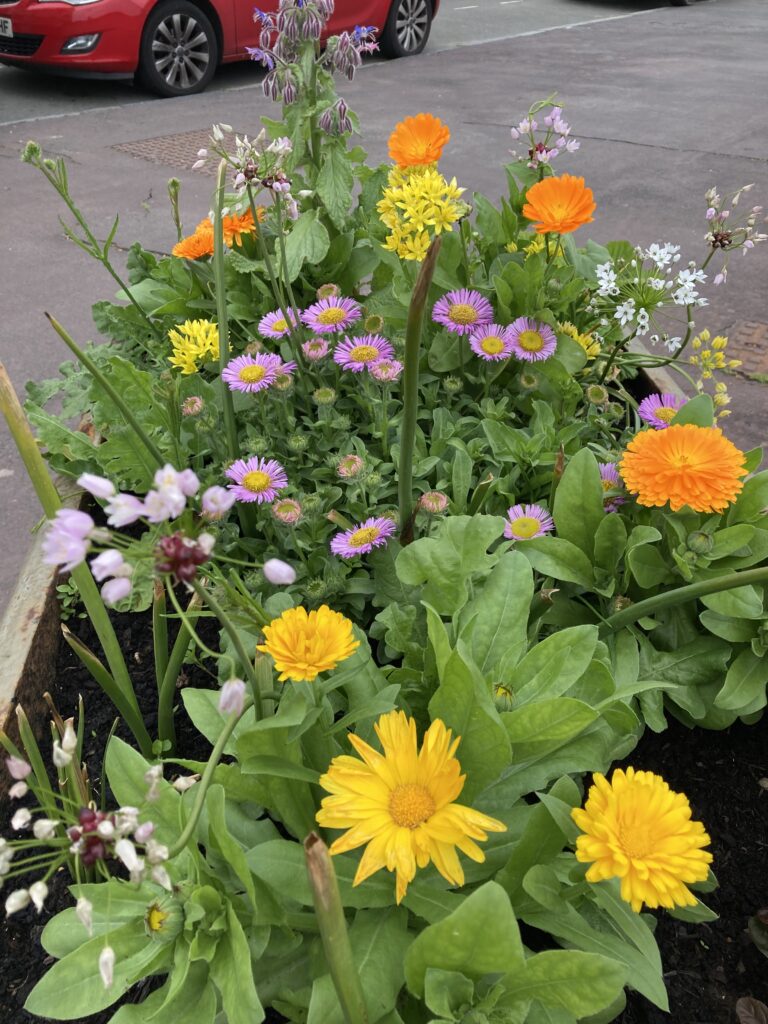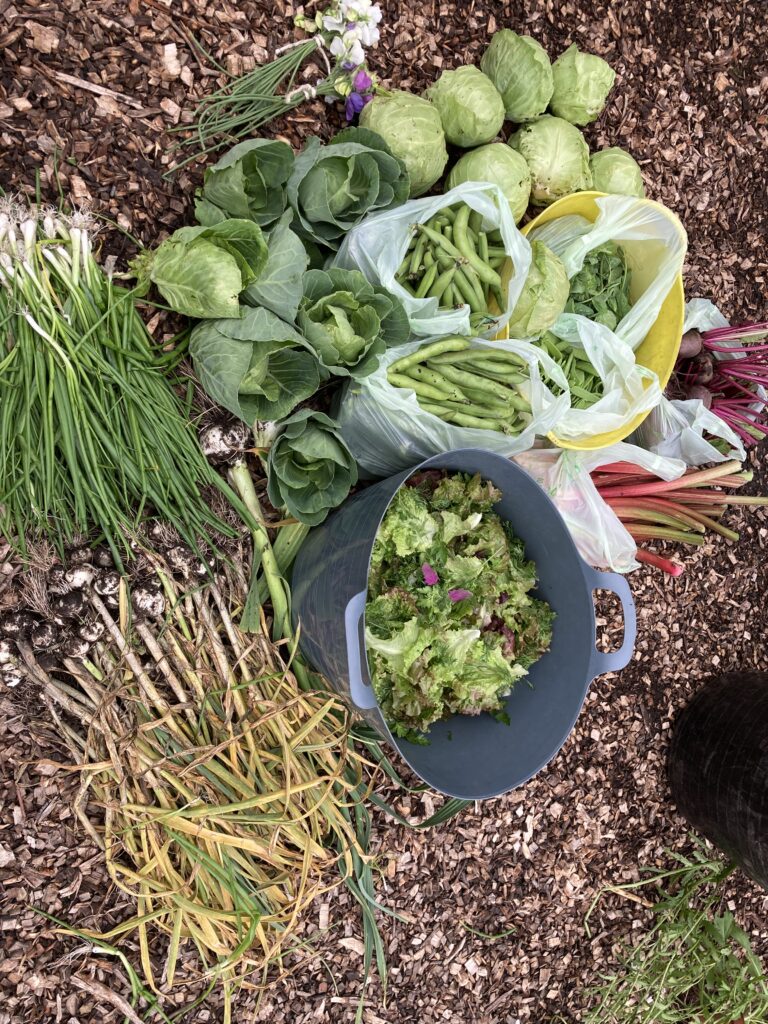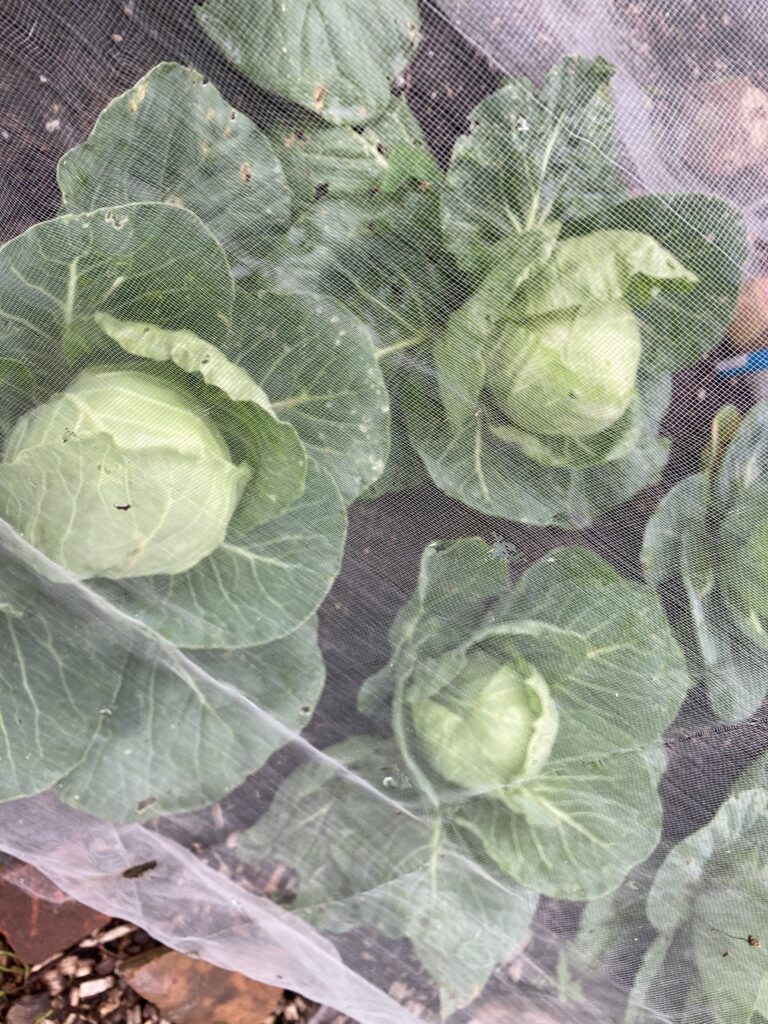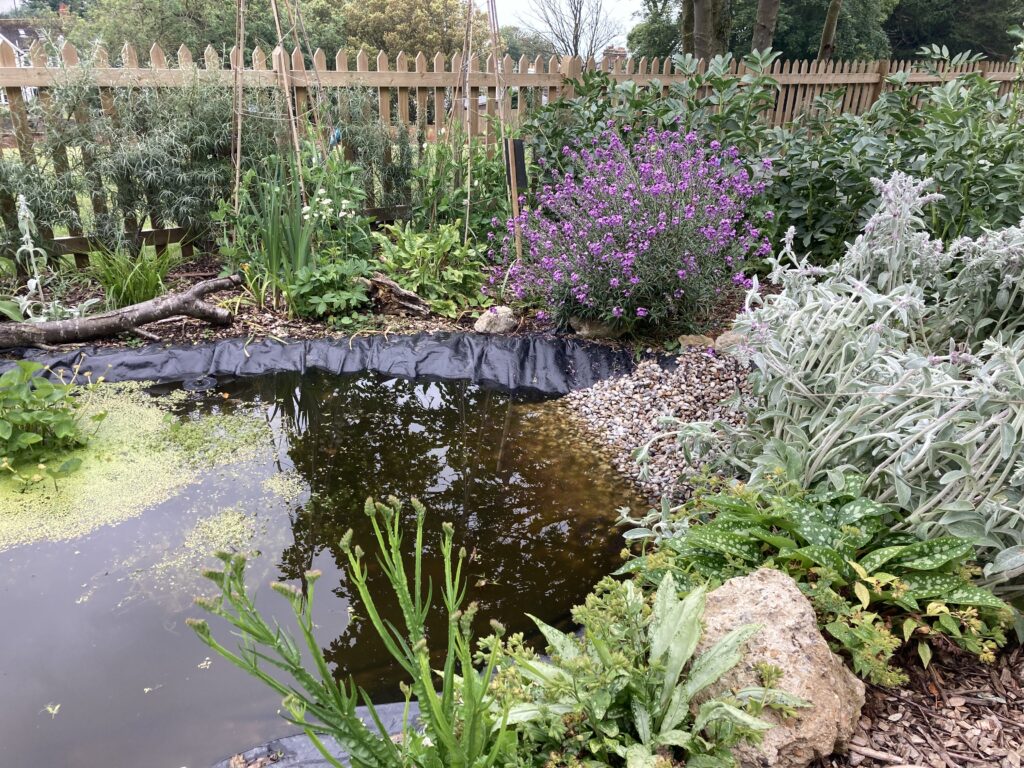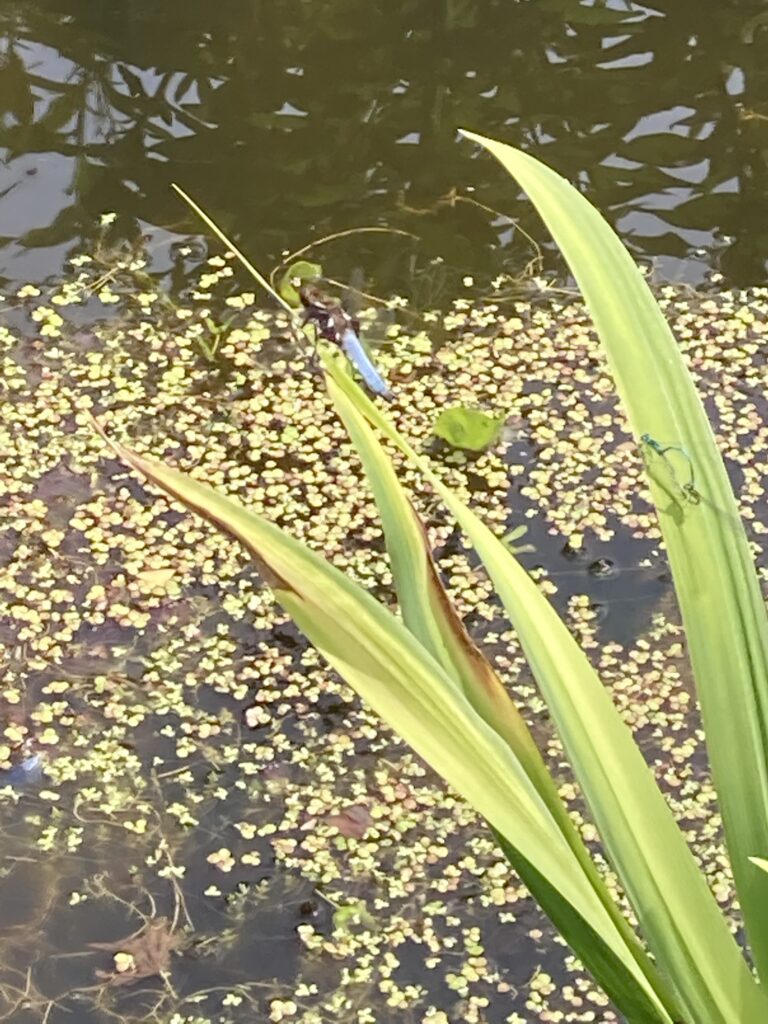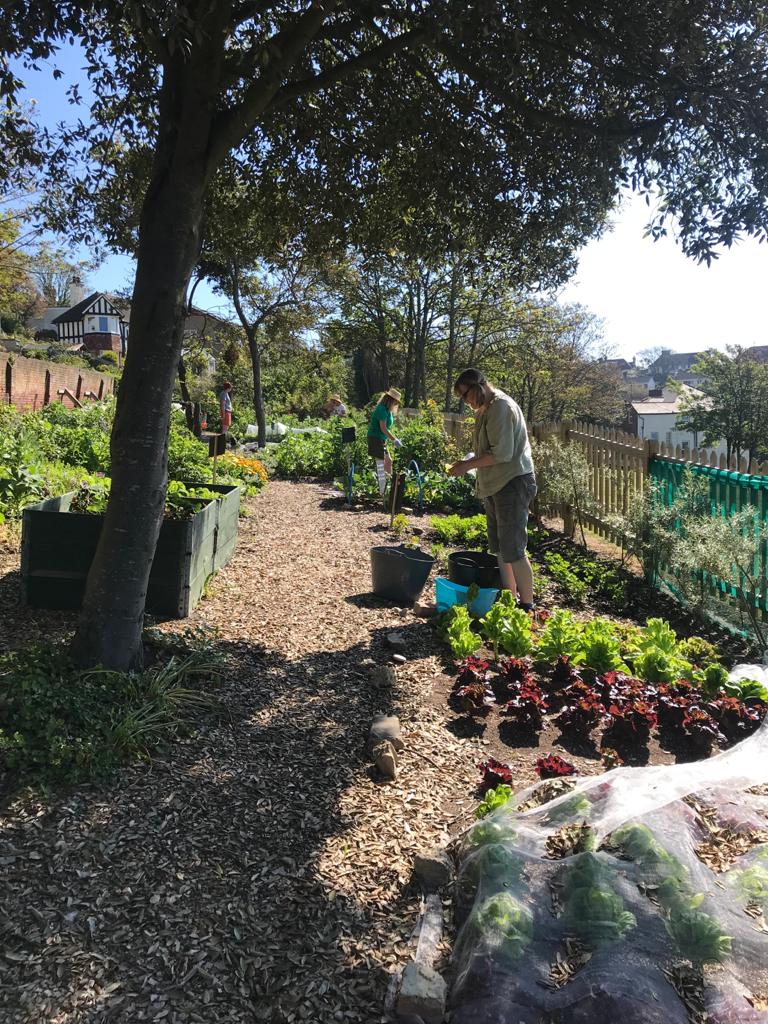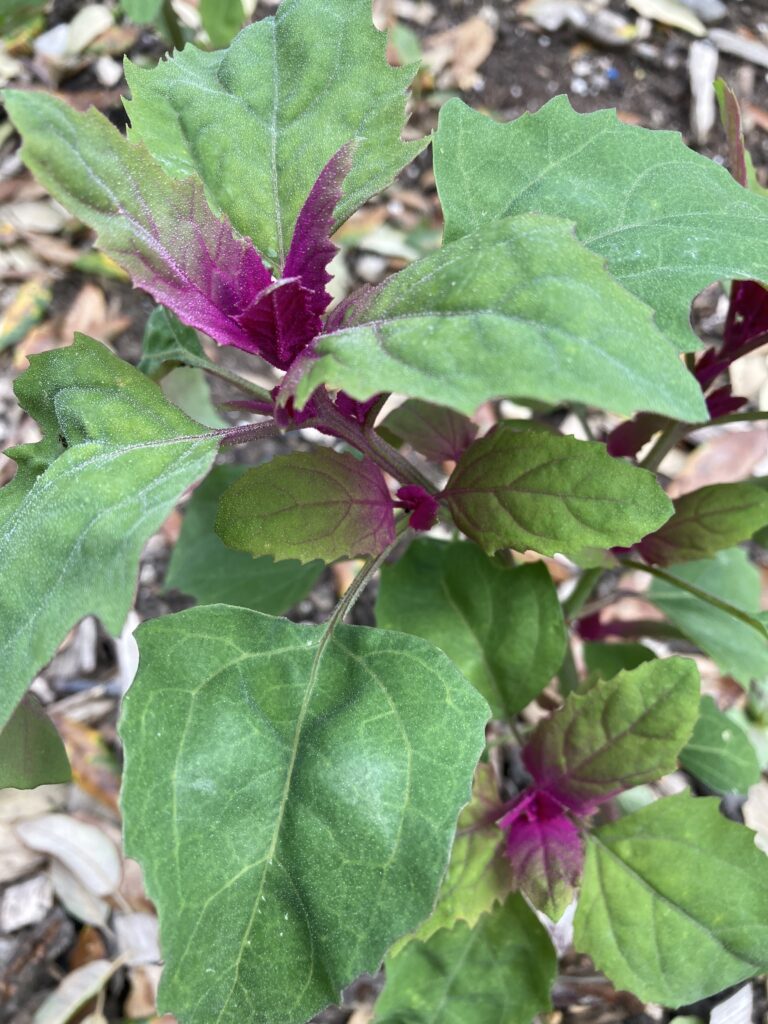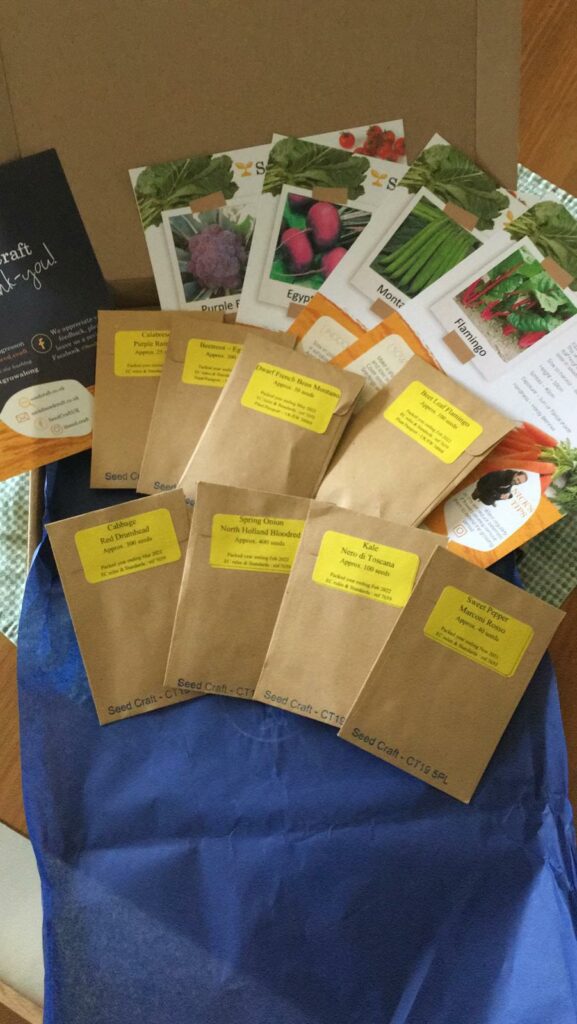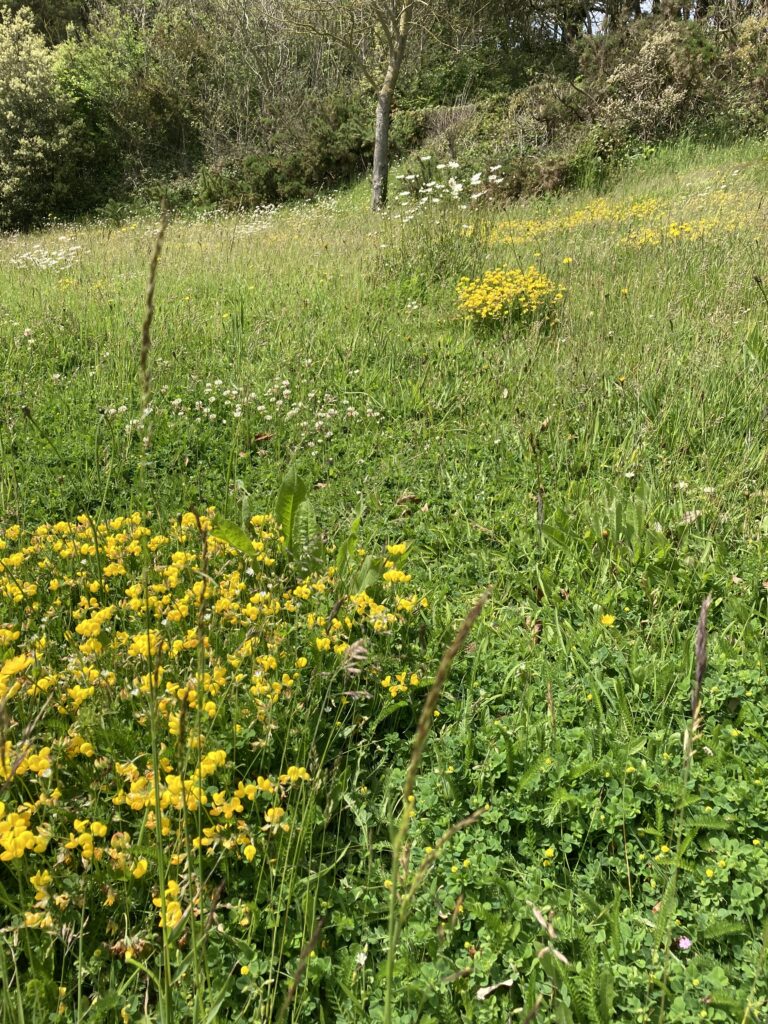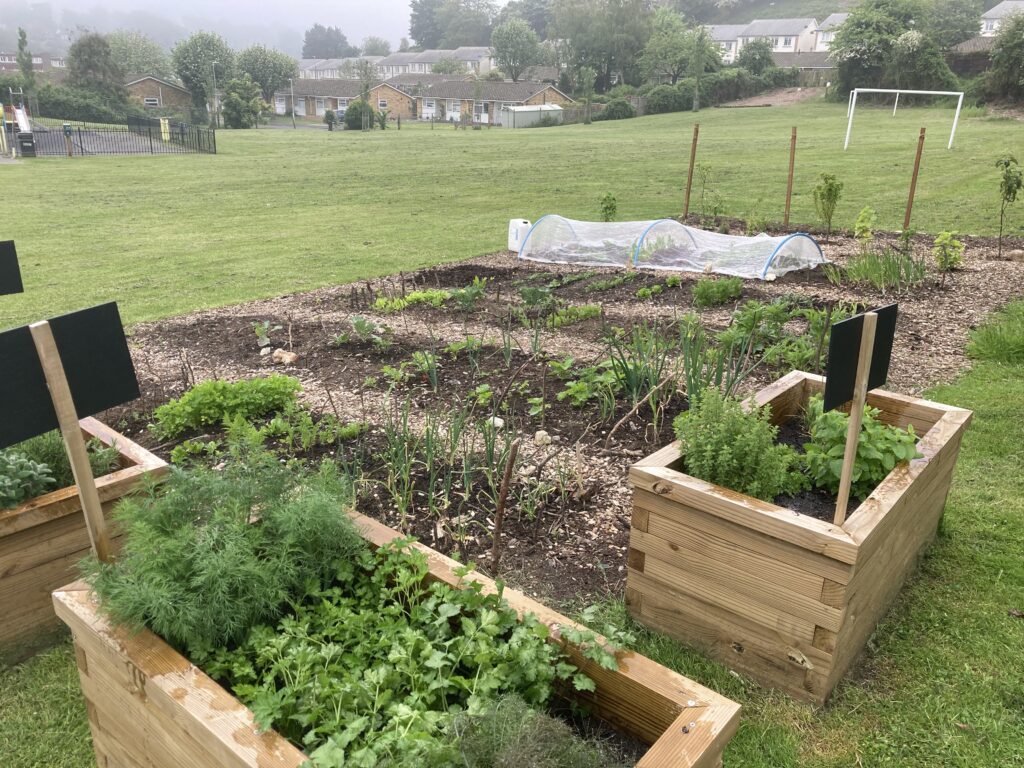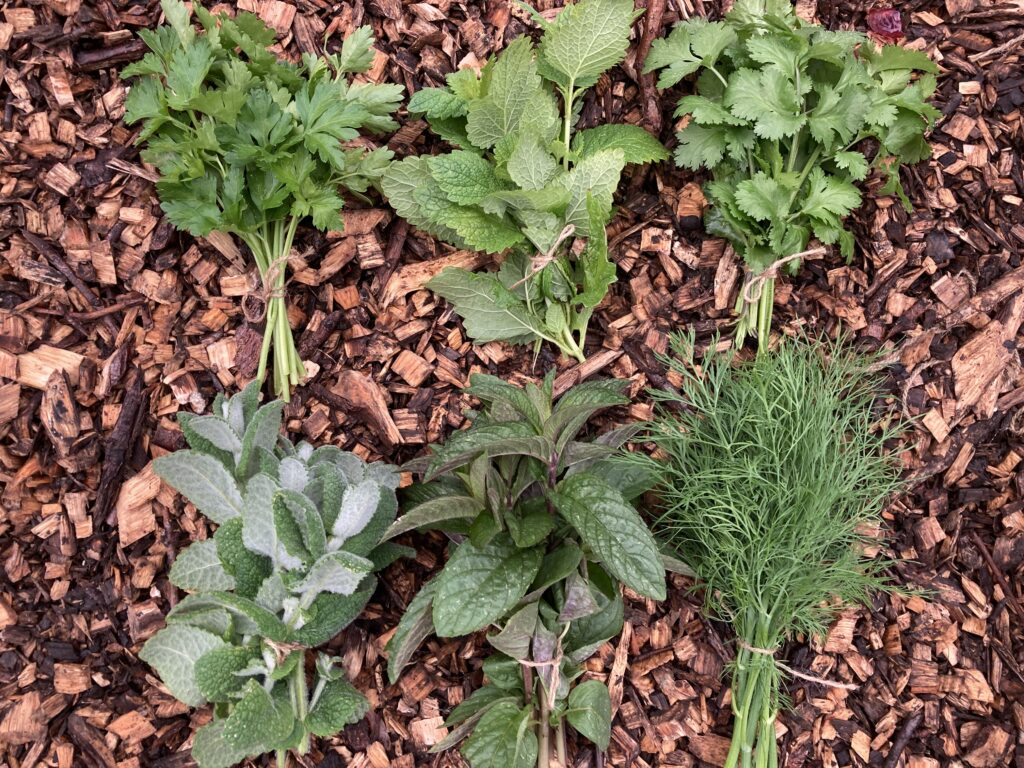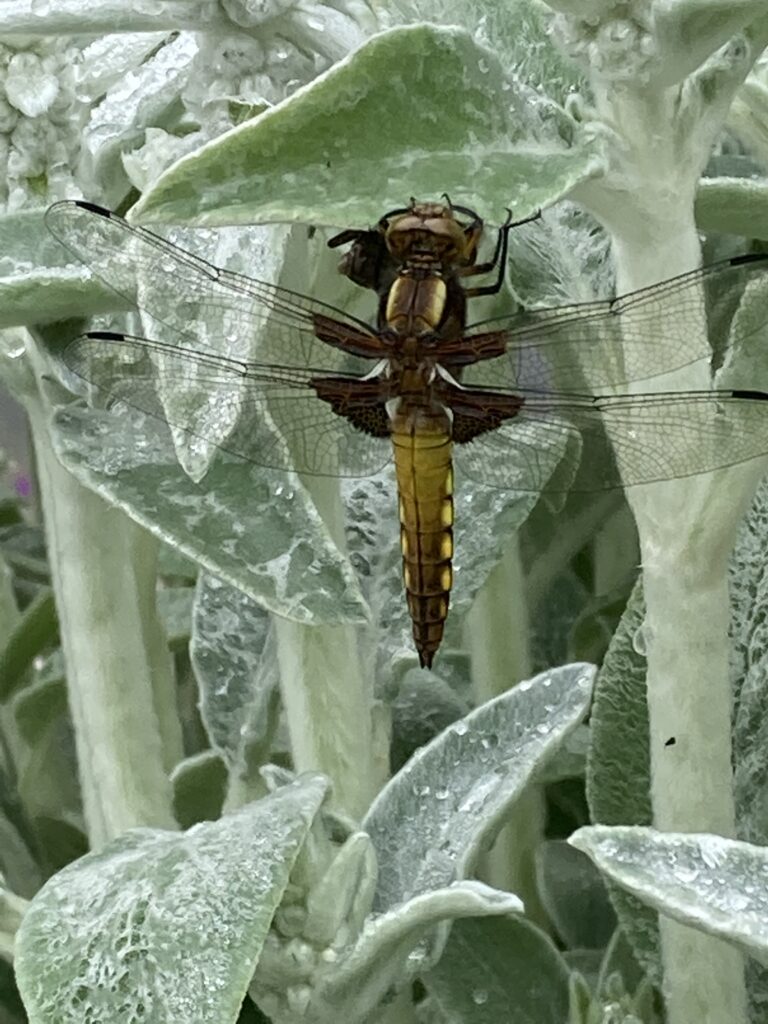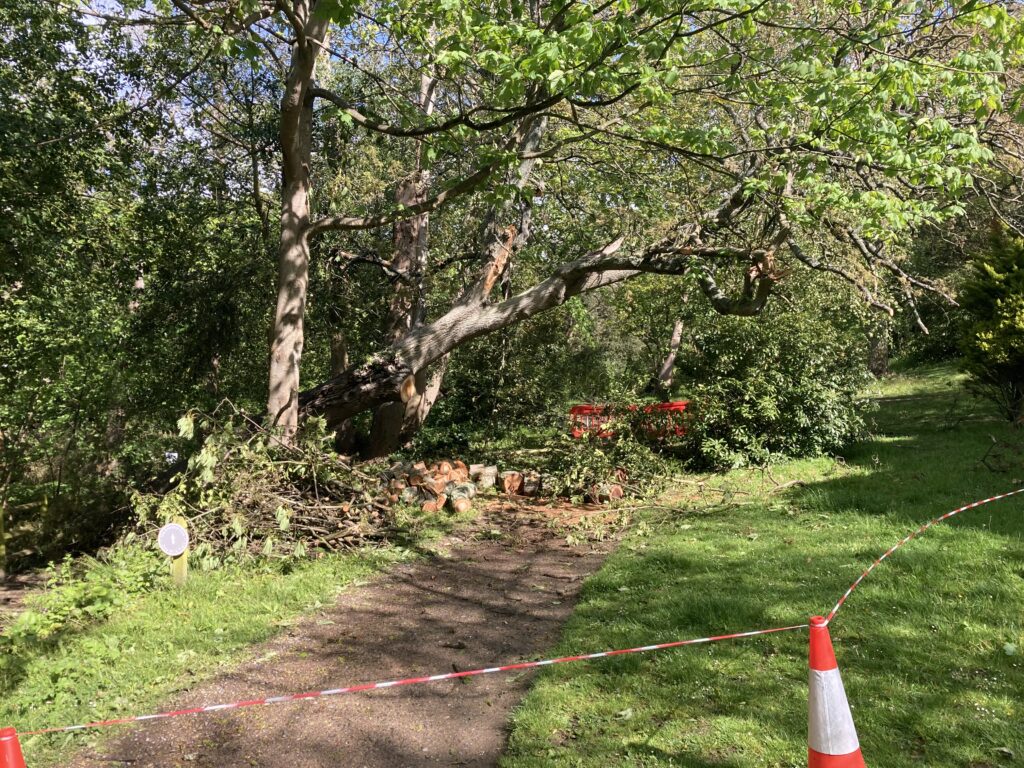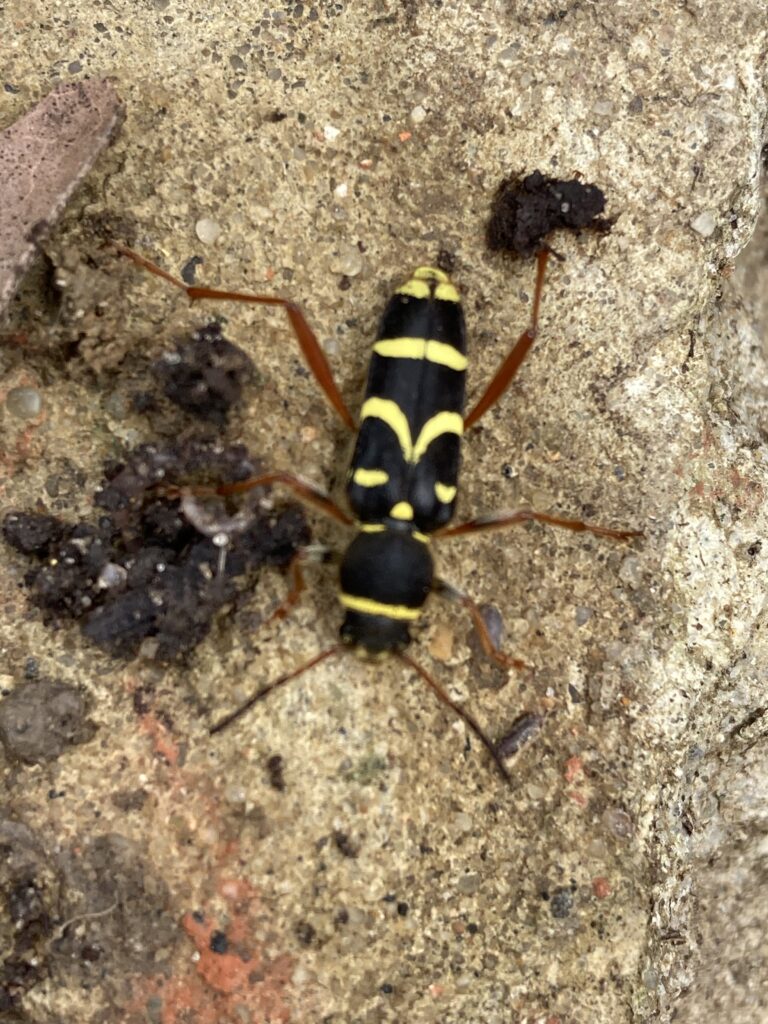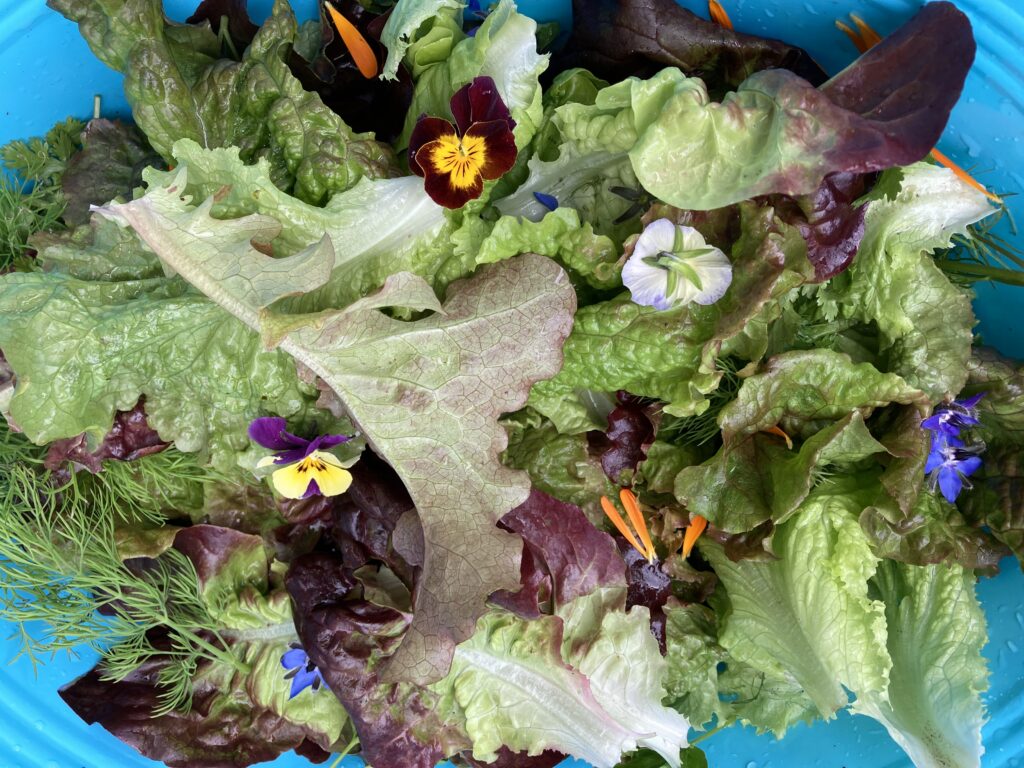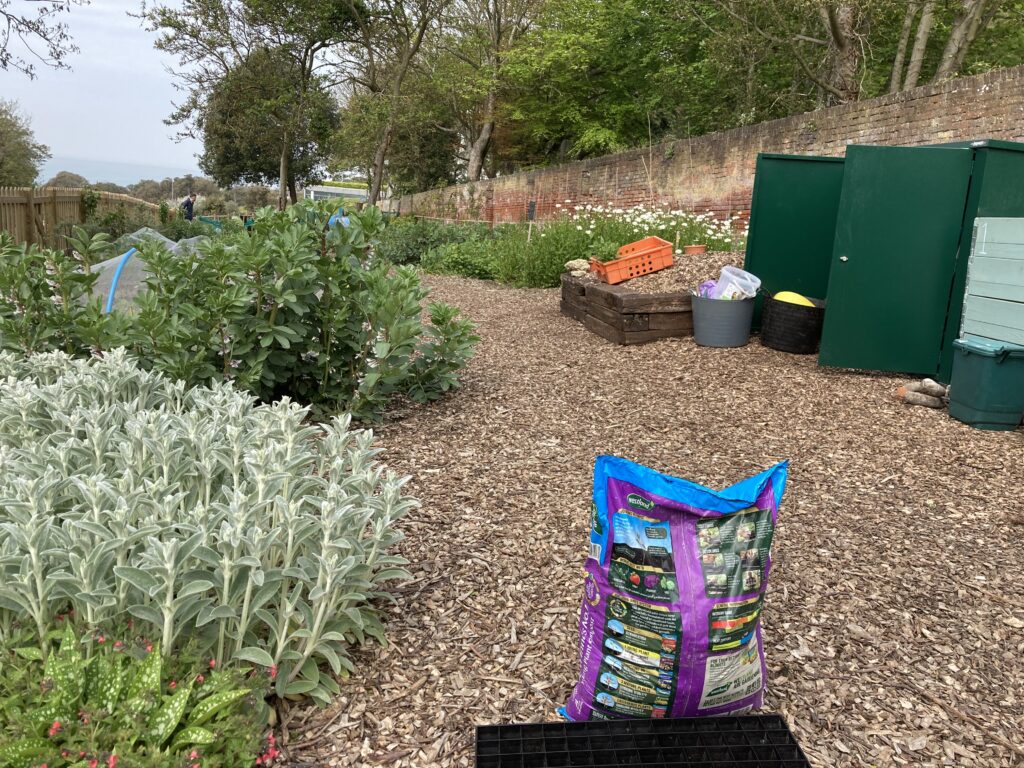Wow! It is August already and nobody is quite sure how that happened so quickly. On Saturday morning it was great to be able to go along to the grand reopening of the Sandgate Society Fire Station, have a glass of bubbly and/or a coffee and to see people again. There seemed to be quite a few new members recently moved into the area, and lots of conversations about growing things in the garden and how different vegetables had fared this year.
There was a question about why radishes were not successful this summer. We only grow radishes in the cooler weather, early spring and from August onwards as they bolt and go to seed in the warm weather. We are just starting to sow autumn and winter radishes from this week, such as the Asian Daikon or mooli radish and the large watermelon radish which can overwinter. The next opportunity for more garden conversations will be at the Sandgate Sea and Food Festival on 29th August – we will be there with a stall so please find us and say hello.
The garden is always a great conversation starter, from what to grow when, through to the sharing of recipes and pictures of some amazing meals made using Community Garden produce on Instagram, Facebook and our very active WhatsApp group. Currently popular and in season are courgette recipes and various vases of sweet peas. At the garden we have plenty of courgettes, sweet peas, salad leaves, chard, spring onions and some kale. The new chard plants, Chinese cabbages, and Kaibroc got planted in the hope they will grow fast enough before the keel slugs can overwhelm them. We remove slugs if we find them but keel slugs are more evasive and can disappear into the soil only to reappear at night and do their damage in the perfect damp and warm conditions we have right now. Last week we were hoping for some rain, and happily it did happen, and continues to do so on and off which means that little hand watering is required.
The planter outside the ship seems to be well frequented, with herbs, lettuce and chard being taken, which is as we hoped it would be used. It is a shame that the alley at the end of Meadowbrook is so far from the High Street as that is bursting full of flower and herbs but has fewer visitors! All our planters are for the community to share but we ask that the growing plots are left for us to pick and make available as we have certain picking methods and know what is ready and what needs to be left alone.
Finally, there is a picture below of some grape vine cuttings given to us by a kind local in the spring. They are being kept in pots for now and starting to be trained as the hope is to plant them in the garden next spring to create our own small vineyard as a companion to the Hythe hops – very exciting!
What’s next?
- Still need to finish tidying the hedge
- Sow some radishes for winter
- Replace any lost plants
- Still need to clear and sort bed by the second gate
- Prick out the Nero kale plants
- Consider where the Endive will go!

Courgette recipe 
Ship planter 
Seafront planters still alive! 
Grape vines


